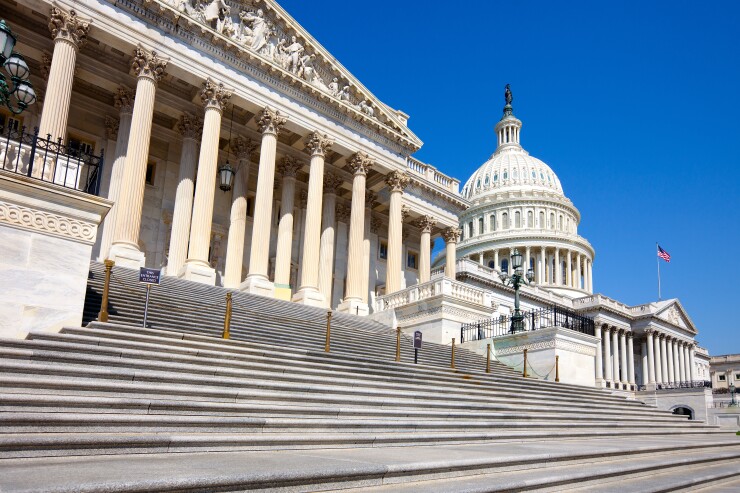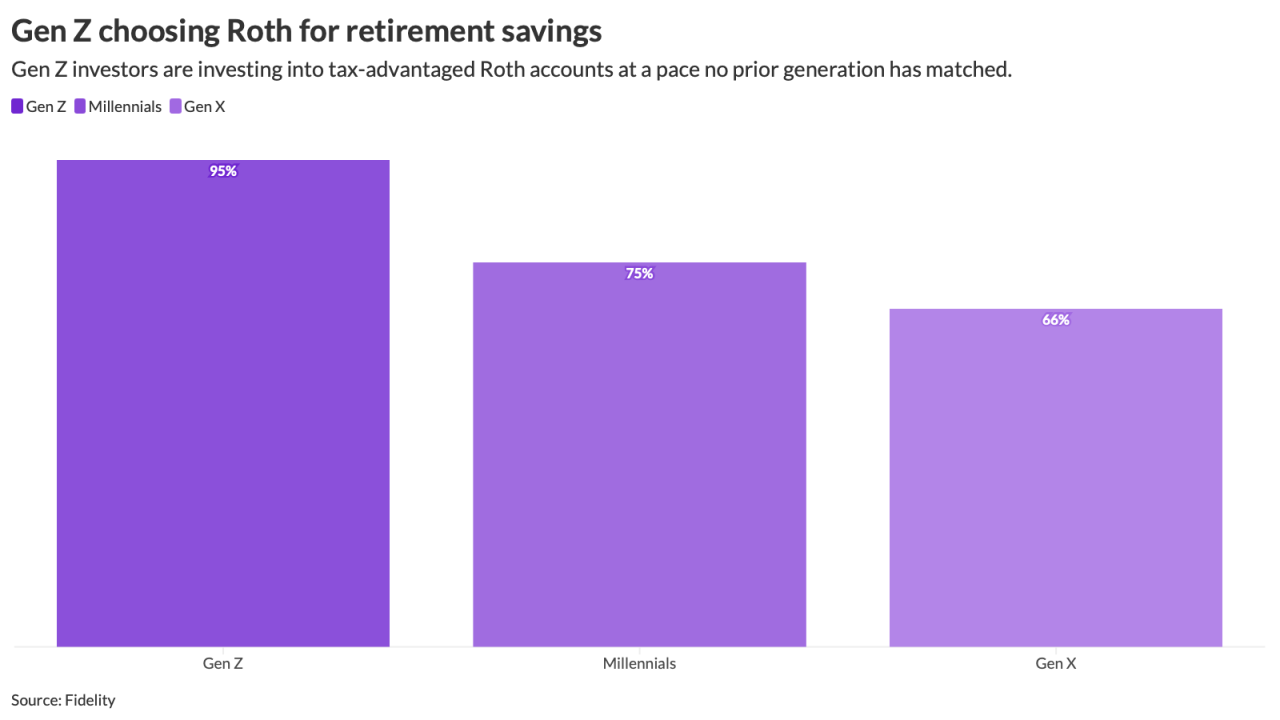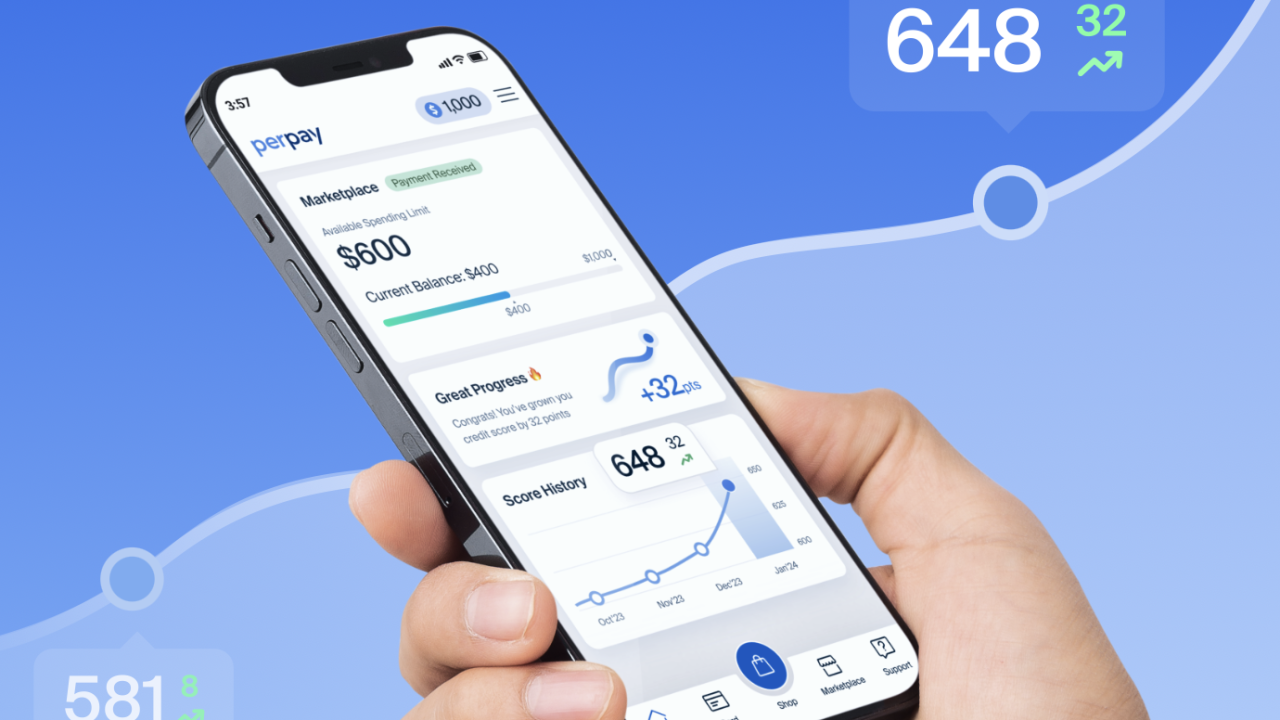- What's at Stake: Widespread furloughs could disrupt benefits administration and operational continuity across public-sector contractors.
- Expert Quote: "Leaders should provide clarity, compassion and contingency planning," warns Jennifer Schielke.
- Forward Look: Prepare liquidity strategies and curated resource libraries for recurrent federal funding disruptions.
- Source: Bullets generated by AI with editorial review
With the government shutdown well underway, it's up to HR and benefits leaders to steer the workforce through uncertainty.
After failing to agree on budgetary issues at the end of September, many
"In an already heightened environment of distrust and uncertainty, people impacted directly or indirectly by this government shutdown may experience a sense of security, progress and trust being shaken," says Jennifer Schielke, CEO and co-founder of career insights company Summit Group Solutions.
Read more:
The biggest challenge employees could face during the government shutdown is the
But even though employees may
"The shutdown will cause a slowdown and domino effect through every process," Schielke says. "We, as leaders and employers, have the opportunity to step up during times like these and offer clarity, compassion and contingency planning."
Read more:
Provide support wherever possible
Thorough and transparent communication throughout the government shutdown is the
"If you are a company with the means for financial giving or any other material support, don't wait for a campaign — donate and serve the community now," Schielke says. "Communicate and exercise generosity toward the frustrations that your people may experience."
While there's no exact timeline for when the shutdown will end, the work shouldn't stop there, Schielke says. Companies should
Read more:
Schielke suggests leaders take the time after a government shutdown to build cash reserves, and strengthen their relationships with lenders, partners, contractors and advisers and, most importantly, build an information library of regulations, procedures, important resources and contacts. Being proactive in the present could make all the difference
"You don't need to know all the answers," Schielke says. "But you do need to know where to go to get the right information and key people around you to help you lead well during a crisis."






